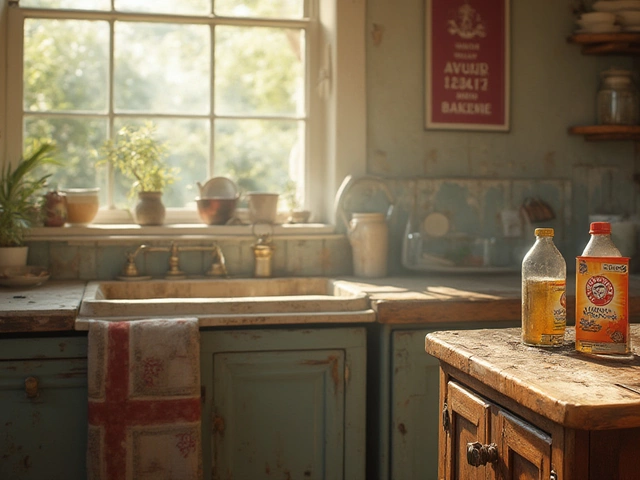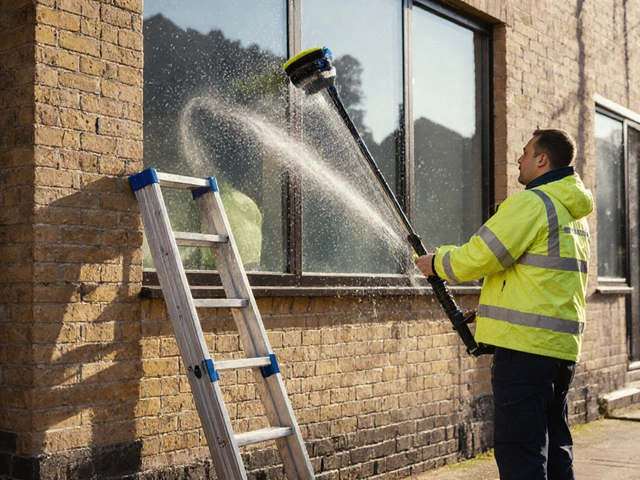Pricing Tips for Home and Business Cleaning Services
When thinking about pricing tips, simple guidelines that help you set fair, profitable rates for any cleaning job, most people start with the basics: how much does it cost you and how much can you charge? That’s where cost estimation, a systematic way to add up labor, materials, travel and overhead becomes the foundation. From there you calculate profit margins, the percentage you add on top of costs to earn a return—usually 20‑30% for small cleaning firms. A well‑crafted service quote, a detailed estimate that breaks down each charge for the client not only shows professionalism but also protects you from surprise expenses. Finally, budget planning, mapping your monthly income and outgoings to keep cash flow healthy rounds out the core toolkit. Together these elements ensure you’re not just guessing numbers—you’re applying a repeatable, transparent method that clients trust.
Key Concepts Behind Smart Pricing
Beyond the fundamentals, the way you structure rates can dramatically affect market perception. Fixed pricing offers simplicity—one price for a standard home clean—while variable pricing lets you adjust for larger homes or tougher stains. Tiered pricing creates packages (basic, plus, premium) that cater to different budgets. To choose the right model you need solid market research, data on local competitors, average household income and demand spikes. Pair that with competitive analysis, a side‑by‑side look at what other cleaners charge for similar work, and you can set prices that feel fair yet profitable. Remember, perceived value matters: customers are willing to pay more if they see clear benefits, like eco‑friendly products or quick turnaround. So linking your pricing strategy to a strong value proposition creates a virtuous loop—higher rates justify better service, which in turn supports higher rates.
Putting these ideas into practice means using the right tools. A simple pricing calculator, an Excel sheet or cloud‑based app that auto‑adds labor, travel and supplies saves time and reduces errors. When you draft a service quote, be clear about what’s included—number of rooms, square footage, special treatments—so the client knows exactly what they’re paying for. Tailor your rates for residential versus commercial contracts; commercial jobs often need longer contracts and bulk discounts, affecting both cost estimation and profit margins. Transparency in your quoting process boosts customer trust, which improves retention and the overall return on investment, the long‑term profit you earn from each client relationship. Below you’ll find a curated list of articles that dig deeper into each of these areas, from DIY cleaning formulas to detailed profit‑margin breakdowns, giving you actionable steps to sharpen your pricing game.





